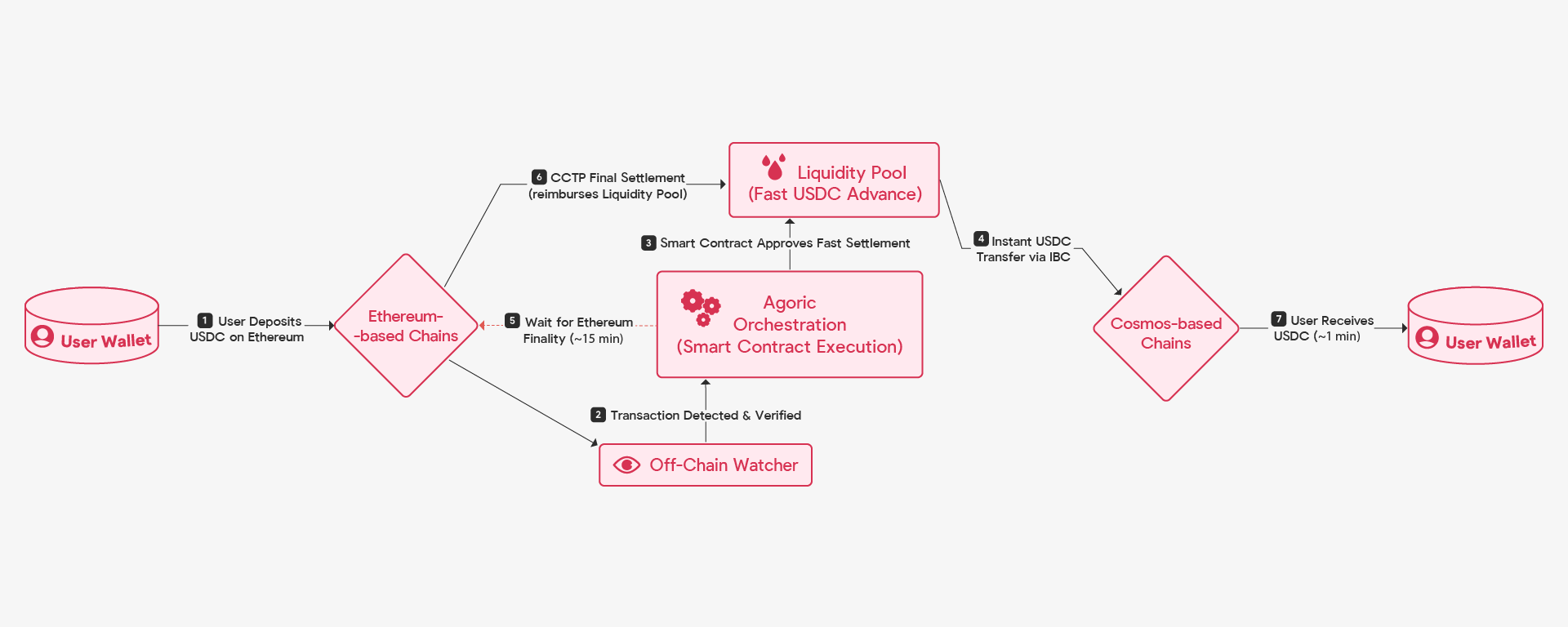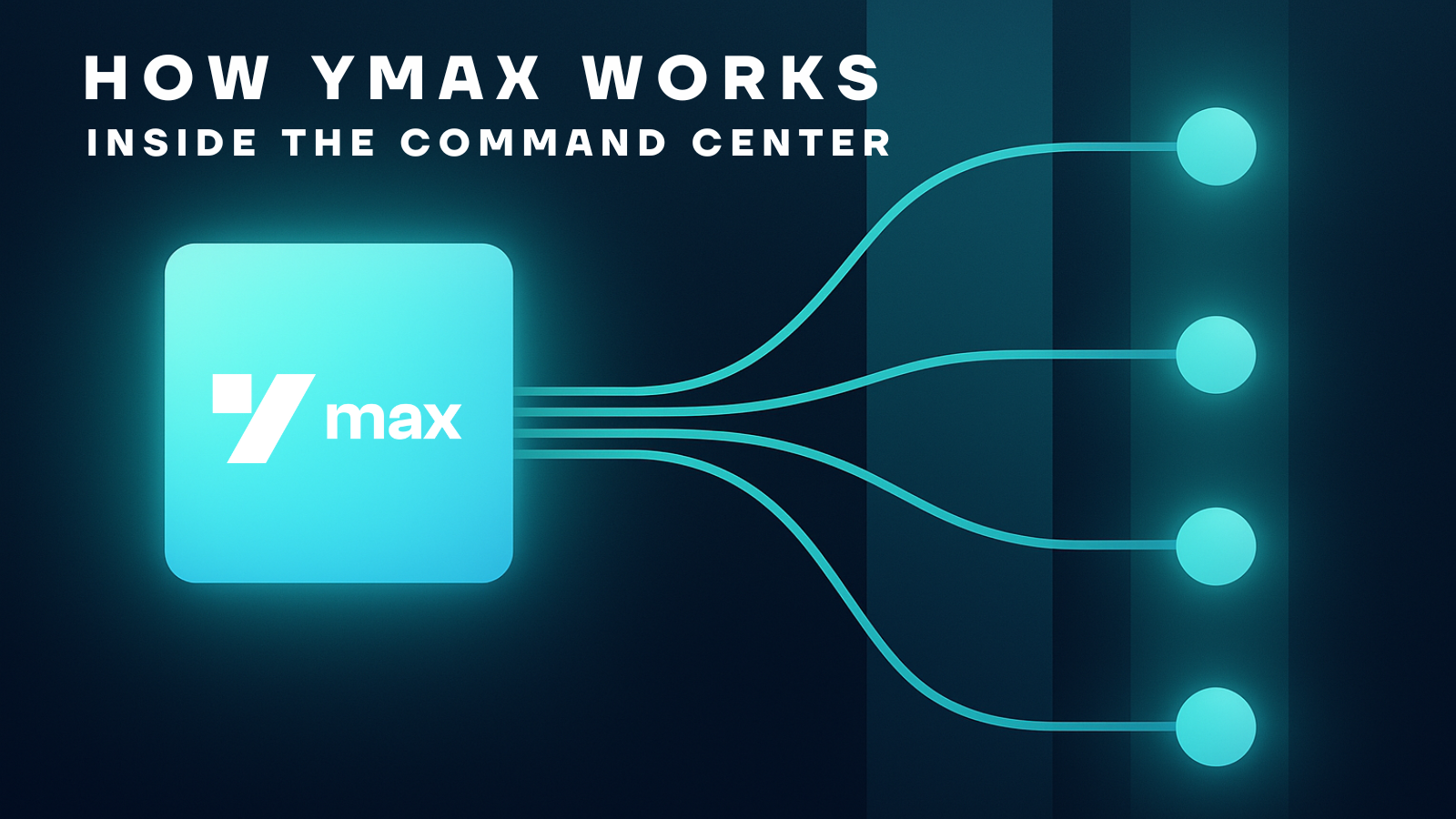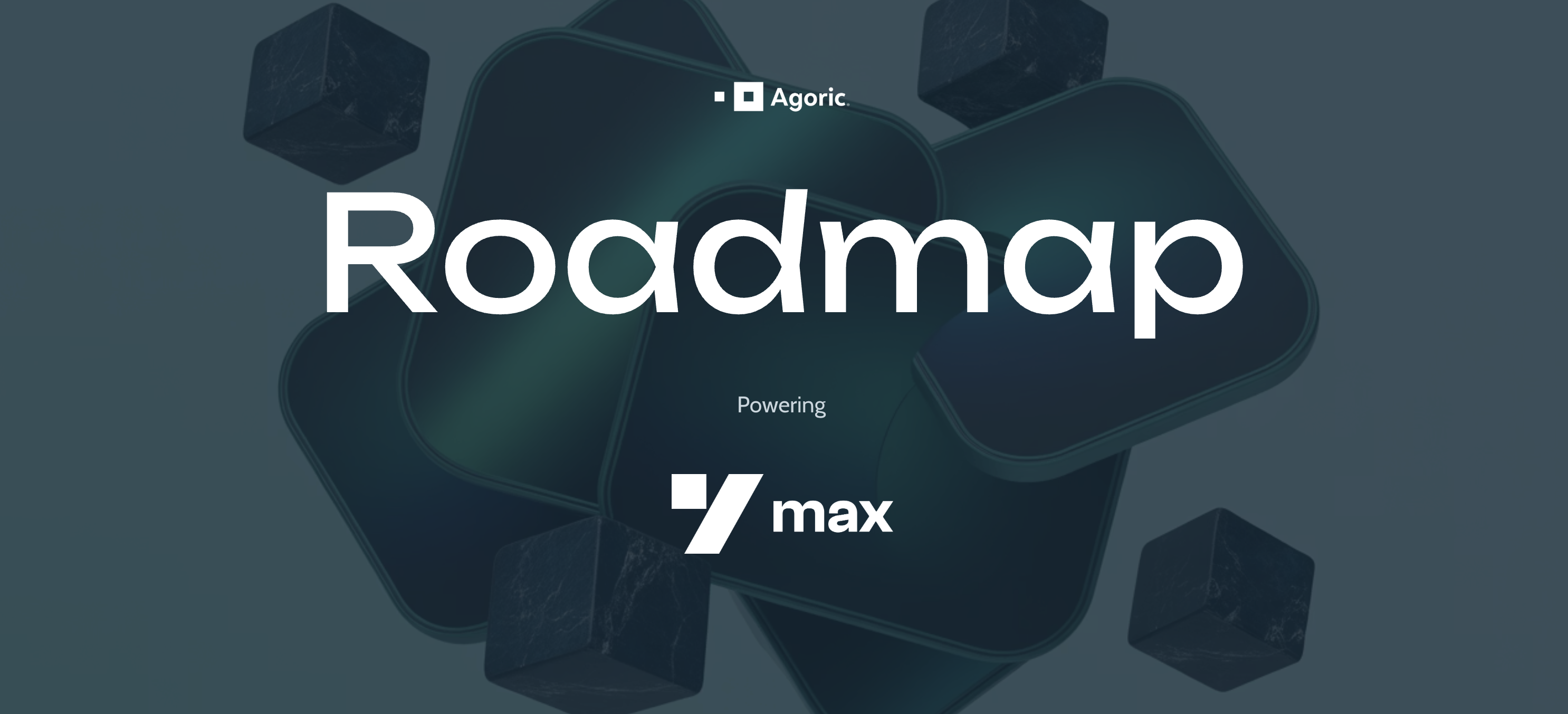A powerful toolkit that unveils the beauty of chain abstraction. It seems like a distant dream. While others talk about it, we have finally built it. Through Orchestration design principles, we're transforming today's fragmented multi-chain ecosystem into a seamless, unified experience.
Traditional bridging introduces several frictions:
Manual asset transfers across multiple wallets;
Authorizing numerous signatures;
Waiting long periods of time for transaction finality;
Security risks, including hacks and lost funds.
Combined, these barriers significantly limit mainstream adoption.
With orchestration, we introduce a fundamentally different approach: a smart contract that acts as an “orchestrator” coordinating assets and messages across chains behind the curtains. For users, this means no more worrying about which chain they're interacting with or how to bridge tokens between networks. These technical complexities become completely abstracted away.
The system is built purposely to handle asynchronous, multi-block processes that legacy approaches, like the Ethereum Virtual Machine (EVM), struggle with. Even complex multi-step transactions across different networks are executed smoothly with minimal user intervention.

The practical result? Chain abstraction finally delivers on the promise that Web3 can feel like the intuitive user experience of Web2 while preserving all the benefits.
A Deep Dive On Smart Contract Automation & Cross-Chain Messaging
The Orchestration Platform provides high-level functions that handle cross-chain interactions without requiring developers to manage the technical details. In practice, an Agoric smart contract can perform powerful cross-chain operations:
It can send tokens to or from remote chains;
Control an account on another chain;
Query balances, and receive event notifications from other networks through a consistent interface.
This reduces the need to build separate systems for each blockchain.
To put it in perspective, the Ethereum Virtual Machine (EVM) lacks multi-block execution, making it incapable of supporting the same level of cross-chain functionality as Agoric. Without this capability, many of the features enabled by Orchestration would simply not be possible.

Automating Complex Multi-Chain Workflows
Agoric smart contracts were designed for asynchronous, multi-chain workflows. Contracts are long-lived processes that support async/await and can hold state between blocks. For better visualization, think of this process:
Initiate a cross-chain action;
Pause while waiting for an external event or confirmation;
Continue execution in later blocks.
This is something not possible in a single-block EVM transaction. Built-in timers allow contracts to wake up at future times to check on cross-chain outcomes or trigger the next steps. Thanks to this model, complex sequences (for example, initiating a transfer on Ethereum and then performing an action on Cosmos once funds arrive) can be fully automated on-chain, creating new opportunities to build applications with richer features.
Fast USDC: Orchestration in Action
One flagship example of these concepts is Fast USDC, which transforms the user experience of moving USDC stablecoins from Ethereum (and other chains) into Cosmos. Traditionally, bridging USDC from an Ethereum chain into Cosmos takes about 16 to 20 minutes for finality. In the meantime, users get distracted, opportunities vanish, and payments stall. Fast USDC, powered by Agoric Orchestration, cuts that wait to under 1 minute, an ~18× speedup, by automating the process end-to-end.
But, how does Fast USDC work? Is it safe? You might ask.
Fast USDC uses a clever orchestration of off-chain and on-chain components to advance funds to the user almost instantly, then settles the cross-chain transfer in the background. The flow involves four key steps:
Real-Time Watcher: An off-chain watcher service constantly monitors the Ethereum side. As soon as a user deposits USDC on Ethereum (e.g. locking it in Circle’s bridge contract), the watcher verifies the transaction and submits a proof to the Agoric orchestration contract. This off-chain trigger shortens confirmation times.
Instant Liquidity Provision: Upon receiving the proof, the orchestration smart contract on Agoric immediately “advances” the equivalent USDC to the user on the destination Cosmos chain. This is like liquidity providers on Cosmos fronting the funds so the user doesn’t wait for finality. During this process, asynchronous events ensure funds are safe before the Ethereum transaction is final, while the user can access their USDC within seconds of their requests.
Automated Settlement: Once the original transaction achieves finality on Ethereum, the orchestration contract automatically settles the bridge. Using Circle’s official Cross-Chain Transfer Protocol (CCTP), USDC is minted on the Cosmos side (Noble chain) after the burn on Ethereum is confirmed. The contract then reimburses the liquidity providers from the newly arrived tokens and distributes any fees, all on-chain with full transparency. This removes manual steps, and liquidity providers are made whole and paid for their service without needing intervention.
IBC Delivery to Destination: Throughout the process, Agoric Orchestration handles routing the funds to the user’s chosen Cosmos destination (whether Noble, Osmosis, dYdX, etc.) via IBC cross-chain messages. The end user simply receives USDC in their target chain wallet, ready to use. All cross-chain coordination, from Ethereum to the Cosmos app chain, is orchestrated behind a single flow.

From a user’s perspective, Fast USDC feels like an instant bridge. For example, using the Noble Express dApp, a user selects their origin (Ethereum, Base, Optimism, Arbitrum, or Polygon) and destination, then toggles on Fast USDC. They approve one transaction on Ethereum, and in less than a minute their Cosmos wallet is funded with USDC. No additional claims or steps are needed, as the application handles the rest. This one-click experience is a radical improvement over industry-standard processes. Fast USDC demonstrates how orchestration is speeding up transfers and unlocking new possibilities. Because the process is smart contract controlled, developers can compose additional actions once the USDC arrives.
An app could automatically stake the incoming USDC in a yield farm or execute a trade on behalf of the user immediately after bridging. In Agoric’s design, the user’s single signature could trigger a chain of events – deposit USDC on Ethereum, receive it on Cosmos, and then deploy it into a DeFi strategy – all seamlessly.
This kind of one-click cross-chain UX is exactly what chain abstraction promises. Fast USDC’s launch on Noble Express has effectively proven the concept, providing near-instant USDC liquidity across 5 major Ethereum networks and into the Cosmos ecosystem.
Integrate Fast USDC today
Because it’s powered by Agoric Orchestration, Fast USDC is highly adaptable, extending to leverage other cross-chain tools based on your needs—think of it as a choose-your-own-adventure RPG, where you define the features available to your users.
Integrate Fast USDC today and unlock powerful multi-chain possibilities.



